Blakeslee at the forefront of anthropological discovery
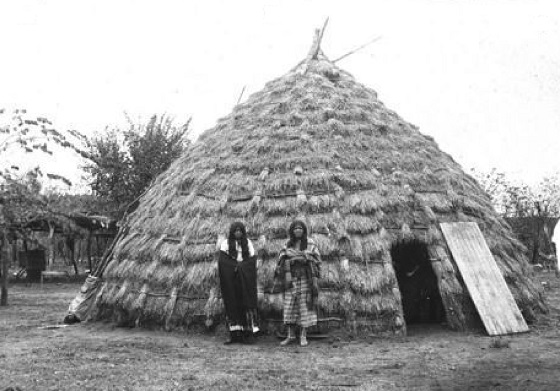
Professor of archaeology Donald Blakeslee continues researching Etzanoa, an ancient Wichita Indian settlement of more than 20,000 people.
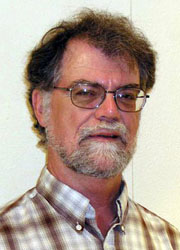
Chaos is not always a bad thing, as random events can and will happen. They will take you to other places where you can learn of yourself in the process. WSU owes the benefit of counting with Dr. Donald Blakeslee among our faculty due to a fortunate accident. Sitting in his office, filled with books and errant paperwork, his jovial and engaging tone retold the story of his love for anthropology.
Strangely, he began his academic career as an astronomer; but, a professor’s recommendation when asking about jobs in the field led him to write a letter to Washington D.C. Less than a month later, he received a letter from a dig in Lincoln, Nebraska with a 12-week job offer. He would spend one of his most cherished summers, come back home, and switch to a new career.
Much later he would learn he got the job thanks to the Head of the Bureau of American Ethnology at the Smithsonian Institute; it was the people in Nebraska who misinterpreted his forwarding of his letter as an endorsement for his hiring. From lonely, cold nights in Connecticut observatories to 100 degree summers and the camaraderie of a dig, Dr. Blakeslee turned his sights from space to the soil beneath our feet.
Happy accidents aside, today Dr. Blakeslee is at the center of one amazing discovery that is changing the way scientists understand Pre-Colonial Native American society in the Kansas-Oklahoma area. Unfortunately, a lot of the work in anthropology depends on interpretation. As he explained, the evidence of the Etzanoa had been mistranslated, which made finding it difficult.
Talking about how discoveries are made, he mentions received knowledge. His discovery was aided by the accounts from the old conquistadors such as Juan de Onate and his men. These accounts mentioned tribes with numerous members; and, thanks to new translations, he could match the landscape to these accounts. There after a third trip down, he pieced together the account with the current landscape around Ark City, Kansas and concluded the rest of the account must fit.
One clue Dr. Blakeslee talked about came in the form of one of the accounts writers. This soldier wrote about a settlement of over 2,000 houses and identifiable landscape. What struck Dr. Blakeslee most was how the soldier, when speaking of the possibility of returning to the area, took a pragmatic approach. He replied he would return if ordered, as he was a soldier, but his preference was not to do so. This led to the conclusion that there was no need to exaggerate or lie, as the soldier gained nothing from either.
How does this change the way scientist view the area?
The answer lays partly in mega site, a relatively new term, is the best way to describe this settlement. These settlements were not centers for a surrounding community, religion, economy, or education; while there was some form of social hierarchy, they have not found monuments or similar architecture found in urban areas. Archeologist in Kansas are in a unique position to lead the study of why these sites formed and what kept them going. Discovering how these people of the plains evolved as a society, in a much different way to us, and where that may have led them is indeed an intriguing and exciting prospect.
The cost of science and discovery.
One of the hurdles the program faces is costs. Even with the full support of Ark City officials, local institutions, and private owners of the land an archeological dig is a costly enterprise. Magnetometers – which would help map the area below the ground and find the remains of pits to belonging to these houses – paired with a field computer and a high-caliber GPS unit are part of the expensive equipment needed for the work. This would put mapping costs alone in the $60,000 range.
One big difficulty also lies in the fact that some of the discoveries have been made on privately owned land. Huge rocks with native artwork lay on fields, and one of Dr. Blakeslee’s goals is to create 3D models to keep the disturbing of the originals and the land at a minimum, even as part of a visiting center or a hiking trail. Other pieces would have to be purchased and moved for preservation purposes. Some land would need to be purchased – even with a collaborative owner who is willing to piece it as the funds become available – and this would require plenty of funds.
Another large expense and one which would greatly benefit the university is to create and endow an annual field school program for students to work on the site. This endowment would need to be as high as $300,000 to $400,000. This would allow the program to plan with greater certainty and allow WSU to benefit from student tuition to a summer course. By offering a course as early as late December, it would increase the pool of talent by allowing students from schools other than WSU to participate and apply their knowledge. This year’s Annual Field
The State Legislature has offered high praises to the scientists and the people of Ark City, but have extended no economic help. Two important needs for the city and the project is the creation of a visitor’s center and work center. The administration of Ark City – through the City authorities – and County has collaborated by lending city equipment and allowing digs to start on city-owned properties. The Fire Department has also lent a hand with lights to aid nocturnal work. Even Cowley Community College has helped with affordable housing for the team, though Dr. Blakeslee is quick to remark he still prefers to camp out.
Field School 2017
As the summer closes, so did this year’s nearly month-long Field School. It was a very successful experience for Wichita State, Oklahoma State, University of Oklahoma, and University of Colorado (Boulder), one which yielded interesting discoveries. One such discovery happened on June 5th when Mitchell Young found a couple of rusted iron-pieces at about a depth of 34 inches. The WSU student made other findings, but this one was important due to the fact the Wichita tribes ancestors did not use the metal: this can be a new detail which would support the accounts in antique Spanish journals of a confrontation between the Europeans and the natives of a large settlement.
For interested students, there are Facebook groups which constantly update information and are readily available to inquisitive messages about this important discovery. This dig and the Field School are an example of the work between WSU faculty and the Kansas community, an effort which in cases such as this is being recognized by the local and regional media.
So, what is life at a site?
The unvarnished truth, in Dr. Blakeslee’s words, a dig is an amazing experience. Beware though, the digs go on through the summer and as any Kansan knows, it will be hot and sweaty. Even a squirrel will know, ask him about it if you ever get the chance. You will get to experience the joy of discovery, never knowing what to expect in the next shovel-full. This, as Dr. Blakeslee would attest, may be a life-changing experience.



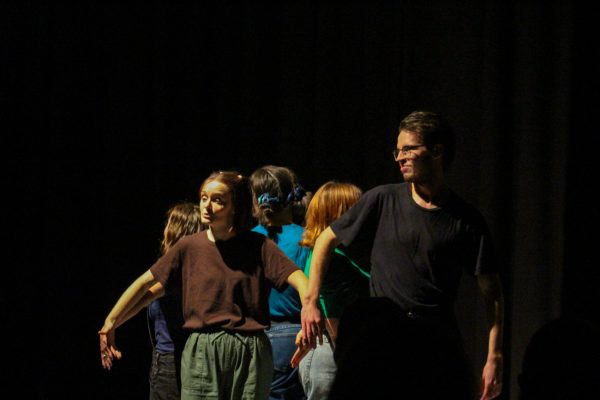
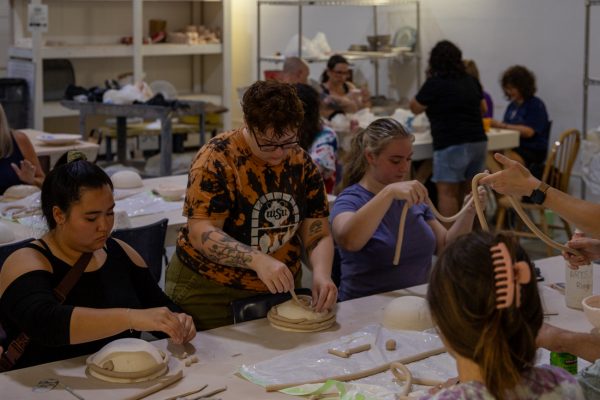
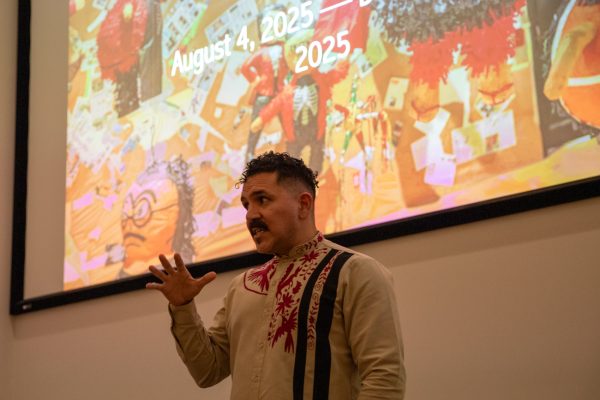
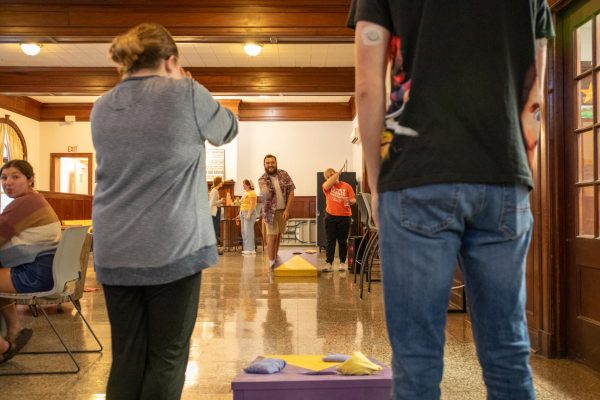

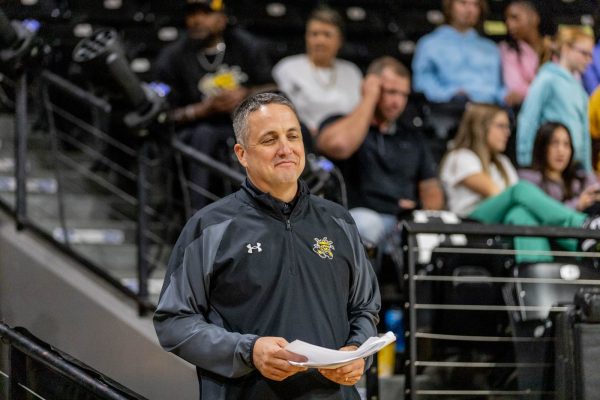

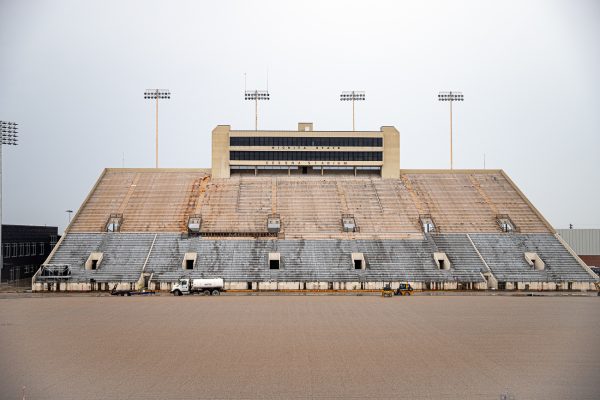
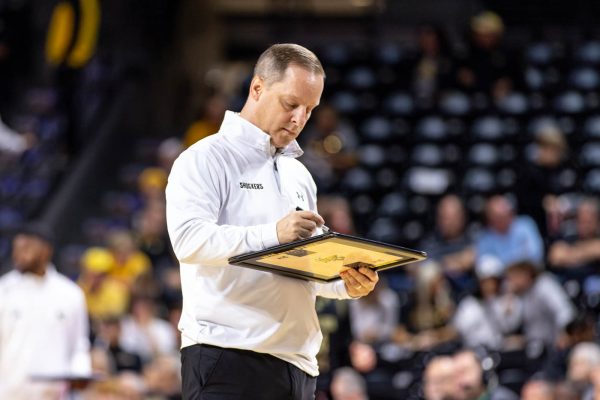

Annette Wjite • Dec 16, 2020 at 10:18 pm
Would it be possible to work with the Wichta Tribal Historic Preservation office? I bet Tribal members would want to be involved.
Fake Pres. Bardo • Jul 25, 2017 at 11:28 am
Dear Students,
WOW! this is so awesome. What a great piece of Kansas History and Wichita History. I hope you do get some funding, but it wont come from me. The picture describes The Flats Phase 2 -a cheaper student living option soon to be available on WSU campus.
As Always,
Fake Pres. Bardo
Lucy • Jul 24, 2017 at 3:43 pm
I hope you recieve the help and funds needed. Reading this article makes you want to go back to school and study archeology.